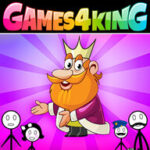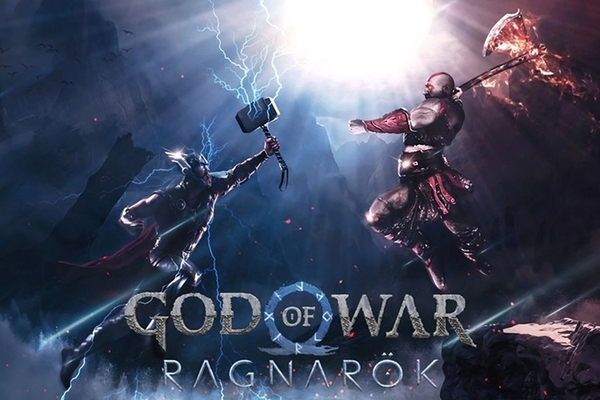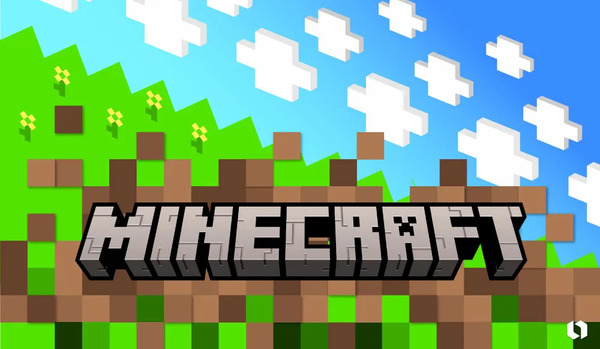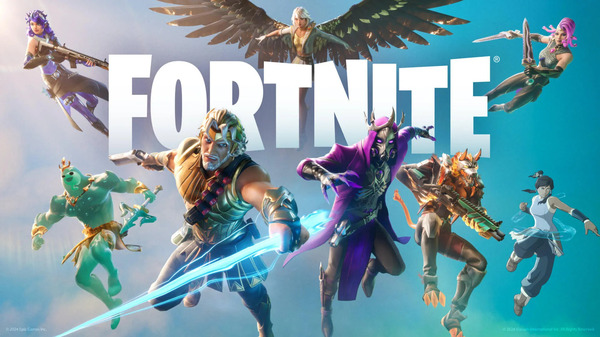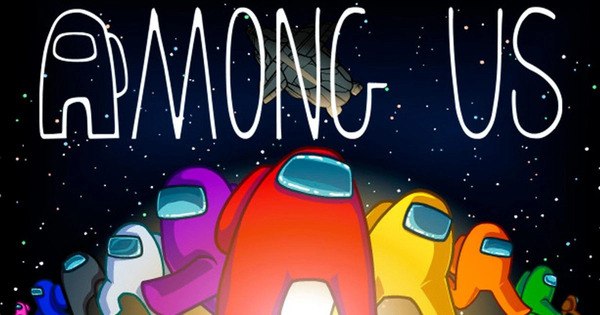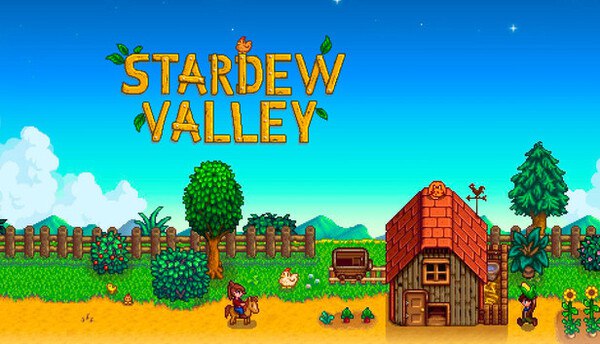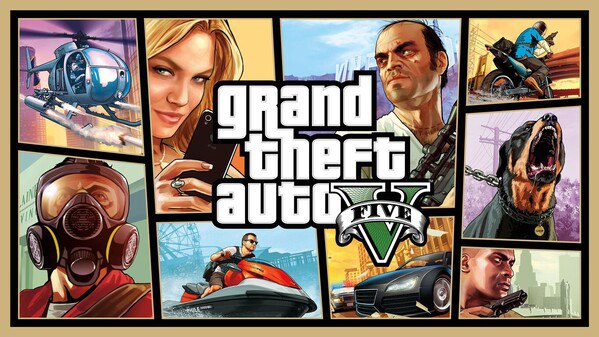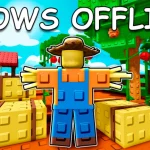Poppy Playtime has quickly become one of the most influential indie horror games in recent years. Developed by MOB Games and first released in 2021, the game invites players into a terrifying world filled with forgotten toys, dark secrets, and puzzles that slowly uncover a hidden and disturbing narrative. Set in the abandoned Playtime Co. toy factory, Poppy Playtime blends childhood nostalgia with psychological horror, creating an atmosphere that is as unsettling as it is compelling.
This article will walk through the origins, mechanics, characters, chapters, and cultural impact of Poppy Playtime, divided into ten chronological sections. Each part will explore how this game transformed from a small project into a viral sensation, and conclude with five pros and cons summarizing the overall experience.
1. The Origins of Poppy Playtime
The development of Poppy Playtime began in 2020 by a small team at MOB Games. Led by Isaac Christopherson, the team wanted to create a horror experience unlike traditional blood-soaked games. Their goal was to focus on fear through suspense, exploration, and the eerie subversion of childhood memories.
The concept was inspired by the idea of corrupted innocence. What if toys that once brought joy became terrifying creatures? This question laid the foundation for the game’s tone and setting. The design of the factory, toys, and story elements all stem from this core theme.
2. Chapter One: A Tight Squeeze
Released in October 2021, the first chapter, titled A Tight Squeeze, introduced players to the abandoned toy factory. The setting is filled with mystery and decay, and players are tasked with exploring the environment to discover what went wrong at Playtime Co.
The most memorable introduction in Chapter One is Huggy Wuggy, a towering blue toy with wide eyes and a chilling smile. The moment when Huggy Wuggy suddenly disappears from his pedestal is one of the first signs that something has gone horribly wrong. The player must use the GrabPack, a tool with extendable arms, to solve puzzles and eventually escape Huggy’s deadly pursuit.
3. Going Viral: Poppy Playtime and Internet Fame
Shortly after release, Poppy Playtime exploded across social media platforms like TikTok and YouTube. Streamers and content creators recorded their reactions to the game's jump scares, adding to the buzz and attracting millions of viewers.
Fan art, memes, and lore theories began to spread. Huggy Wuggy became a pop culture figure almost overnight. The mix of terror and childlike aesthetics captured the imagination of a global audience, helping the game reach success that far exceeded its humble beginnings.
4. Chapter Two: Fly in a Web
Chapter Two, released in May 2022, built on the success of the first by expanding the gameplay, introducing new characters, and revealing deeper lore. Titled Fly in a Web, this chapter features the player traveling to different parts of the factory, including the Game Station.
Mommy Long Legs, the antagonist of Chapter Two, is a pink, stretchy spider-like toy with a motherly tone. Her long limbs and unsettling behavior made her an instant icon in the horror genre. The puzzles became more elaborate, and the environments more dangerous, deepening the horror and intrigue.
5. Storytelling Through Environment and Tapes
Rather than using cutscenes or dialogue-heavy sequences, Poppy Playtime tells its story through the environment, collectible VHS tapes, and audio logs scattered throughout the factory.
These tapes reveal the dark history of Playtime Co., including experiments on humans and attempts to bring toys to life. Employees disappeared under mysterious circumstances. The deeper the player goes into the factory, the more sinister the revelations become.
6. The Mystery of Poppy Herself
Poppy, the doll after whom the game is named, first appears at the end of Chapter One. At first, she seems helpful, guiding the player in Chapter Two. But her cryptic tone and subtle manipulation raise suspicion.
Is Poppy an ally or an enemy? Is she trying to escape, or is she part of a larger plan? The game deliberately keeps her role unclear, prompting players to theorize and analyze every line of dialogue and clue.
7. Game Mechanics and Innovation
One of Poppy Playtime’s strengths is its gameplay design. The GrabPack tool allows players to manipulate objects, conduct power circuits, and open doors. This innovation gives puzzles a physical, hands-on feel, making players feel part of the world.
Chapter Two introduced a green power circuit and new puzzle mechanics, keeping the gameplay fresh and more complex. The immersive first-person perspective, combined with tactile problem-solving, creates a feeling of vulnerability and tension throughout.
8. The Psychological Horror Factor
What makes Poppy Playtime effective is its psychological horror. Instead of relying on graphic violence, the game unsettles players with atmosphere, sound design, and the uncanny valley effect of lifelike toys behaving abnormally.
The sounds of metal creaking, distant footsteps, mechanical breathing, and sudden silence create anxiety even in seemingly safe areas. These elements, combined with childlike visuals twisted into horror, create a deeply unsettling experience.
9. The Future of the Franchise
With Chapter Three teased and more content on the horizon, MOB Games plans to expand the Poppy Playtime universe. Future chapters are expected to include new characters, deeper lore, and possibly moral choices or multiple endings.
Beyond the game, there is talk of animated series adaptations, spin-offs, and merchandise. The success of Poppy Playtime has positioned it as the next big multimedia horror franchise, similar to Five Nights at Freddy’s.
10. Cultural Impact and Legacy
Poppy Playtime has already left a lasting impression on indie gaming. Its blend of horror, nostalgia, and interactive storytelling has inspired other developers and introduced a new generation to the world of horror gaming.
Schools and parents have raised concerns about children being exposed to Huggy Wuggy, showing just how far the game has permeated pop culture. Despite controversy, or perhaps because of it, the game’s popularity only continues to grow.
Conclusion
Poppy Playtime is not just a scary game—it is an experience. Its clever use of horror, puzzles, and world-building sets it apart from other indie titles. Each chapter deepens the mystery and challenges the player to think, explore, and survive. With more chapters on the way and a dedicated fanbase behind it, Poppy Playtime is set to become one of the most influential horror games of its generation.














